Understanding What is Agentic AI? How It Works?
Artificial Intelligence (AI) continues to transform industries and daily life at an unprecedented pace. Among the emerging trends in AI research and development, Agentic AI stands out as a powerful and innovative concept. But what exactly is Agentic AI, and why is it gaining so much attention? This article will explore the basics of Agentic AI, its working principles, practical applications, the challenges it faces, and its promising future.
Part 1: What is Agentic AI?
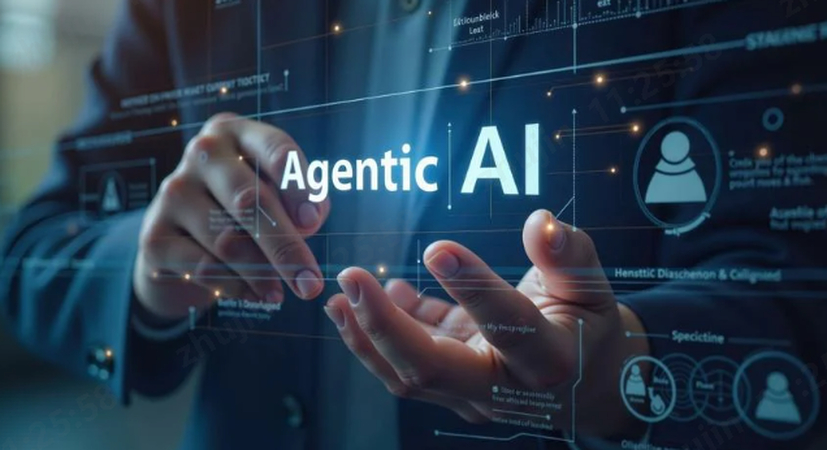
At its core, Agentic AI refers to artificial intelligence systems designed to act autonomously as agents - entities that can perceive their environment, make decisions, and execute actions independently to achieve specific goals. Unlike traditional AI, which typically operates reactively or passively, Agentic AI demonstrates proactive and goal-directed behavior.
The term "agent" in AI means an autonomous decision-maker. Such agents have the capacity to understand their surroundings, plan their actions, and adapt based on feedback or new information. This autonomy distinguishes Agentic AI from simpler forms of AI that follow preset instructions without initiative.
For example, while a traditional AI might simply respond to user commands or analyze data, an Agentic AI system could take initiative - such as scheduling meetings, optimizing workflows, or navigating unpredictable environments-all without explicit step-by-step commands.
What Are the Differences Between Traditional AI and Agentic AI?
| Feature | Traditional AI | Agentic AI |
|---|---|---|
| Autonomy | Low - relies on human input or predefined rules | High - operates independently with minimal supervision |
| Initiative | Reactive - responds to commands or data | Proactive - sets and pursues goals on its own |
| Adaptability | Limited - struggles with novel situations | High - learns and adapts dynamically |
| Goal Orientation | Task-specific or rule-based | Goal-driven, multi-step planning |
| Task Complexity | Performs narrow, well-defined tasks | Handles complex, real-world tasks |
| Human Oversight | Frequently required | Can act autonomously, with optional oversight |
Understanding the distinction between traditional AI and Agentic AI is crucial to grasp why the latter represents a significant leap forward.
- Reactivity vs. Proactivity: Traditional AI systems mostly react to inputs or follow predefined rules without independent decision-making. Agentic AI, by contrast, proactively sets and pursues goals based on its perception and reasoning.
- Autonomy: Traditional AI typically requires constant human oversight or specific commands. Agentic AI operates autonomously, making decisions and taking actions independently.
- Flexibility and Adaptability: While traditional AI often struggles with unexpected scenarios, Agentic AI can adapt dynamically by learning from the environment and modifying its behavior.
- Goal-Oriented Behavior: Agentic AI agents actively pursue objectives and can plan multi-step actions to achieve them, unlike traditional AI which might be limited to single-step or reactive tasks.
- Complexity of Tasks: Agentic AI can handle more complex, real-world tasks requiring judgment, such as autonomous driving or managing workflows, whereas traditional AI often excels in narrow, well-defined problems.
In short, Agentic AI is a more advanced, intelligent, and flexible form of AI that moves beyond simple automation towards genuine autonomous agency.
Part 2: How Does Agentic AI Work?
Agentic AI operates through a combination of perception, reasoning, decision-making, and action execution. Here are some key aspects of its underlying mechanics:
- Perception: Agentic AI systems use sensors or data inputs to interpret their environment. This could include cameras, microphones, user inputs, or digital signals.
- Decision-Making: Using algorithms, including reinforcement learning, planning, and probabilistic models, these AI agents evaluate possible actions based on goals and environmental feedback.
- Action: After choosing an action, the AI executes it through actuators or software processes-like moving a robotic arm or sending commands to other software.
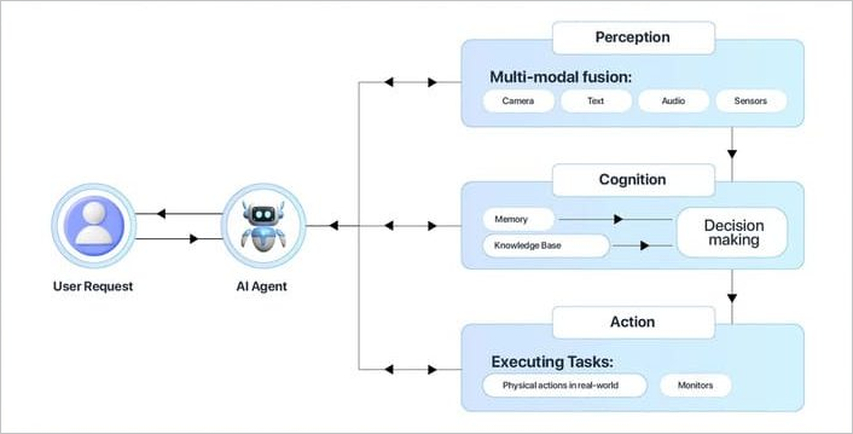
A common technique enabling Agentic AI is reinforcement learning - a method where AI agents learn optimal behaviors by trial and error, guided by rewards or penalties. Over time, this allows the agent to improve its performance autonomously.
Another important aspect is multi-agent systems, where multiple AI agents interact and collaborate to solve complex tasks, resembling teamwork among humans.
Consider an autonomous delivery drone that navigates through urban environments. It must continuously perceive obstacles, decide the safest route, and adjust its flight path in real-time. This illustrates Agentic AI's ability to function independently in dynamic, real-world conditions.
Part 3: Applications of Agentic AI
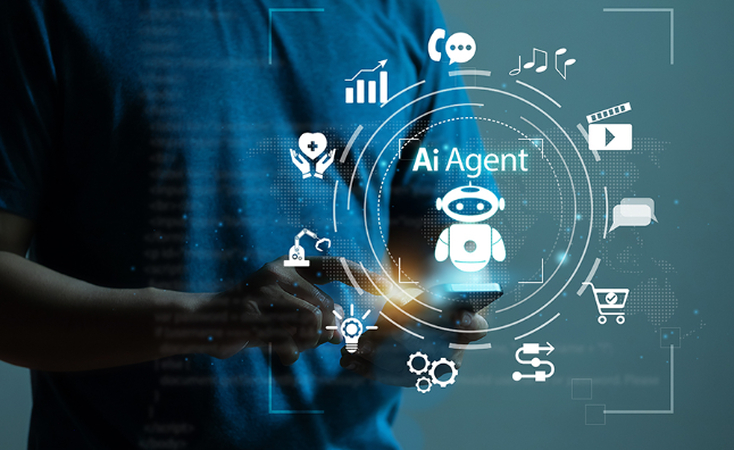
Agentic AI has broad applications across industries, delivering enhanced automation and intelligence. Here are some notable examples:
- Autonomous Vehicles: Self-driving cars use Agentic AI to perceive roads, make navigation decisions, and react to traffic conditions without human intervention.
- Smart Assistants: Advanced digital assistants that proactively schedule appointments, send reminders, and even manage emails based on user behavior.
- Robotics: Service robots in healthcare or manufacturing can perform tasks autonomously, adapting to changing environments or instructions.
- Finance: AI agents can autonomously manage investment portfolios by analyzing market data and executing trades aligned with risk profiles.
- Healthcare & Personalized Medicine: AI agents monitor patient data, flag anomalies, and recommend treatments based on predictive models. Conversational agents can track user sentiment over time and suggest interventions or escalate care.
- Education & Adaptive Learning: AI can proactively track academic performance and suggest interventions for struggling students. Customized, real-time teaching based on students' strengths, weaknesses, and engagement patterns.
- Environmental Monitoring & Smart Agriculture: AI agents autonomously manage irrigation, fertilization, pest control, and harvesting based on weather, soil, and crop data. Autonomous drones monitor ecosystems, detect changes, and provide data for conservation efforts.
- Cybersecurity: AI agents scan for vulnerabilities, identify unusual patterns, and neutralize risks in real time. Can isolate compromised systems and execute containment protocols autonomously.
- Gaming & Simulation: AI agents monitor player skill and adjust the experience accordingly in real time. Game characters can now behave more realistically, react contextually, and learn from player actions.
For localized relevance, consider how Agentic AI might improve industries in your area. For instance, in urban centers, autonomous public transportation powered by Agentic AI could enhance mobility and reduce traffic congestion. In agriculture, AI-driven drones and robots might optimize planting and harvesting, increasing yield while lowering costs.
Agentic AI's ability to take initiative reduces the need for constant human oversight, making workflows more efficient and opening opportunities for innovation.
Part 4: Challenges and Future of Agentic AI
Despite its promise, Agentic AI faces several challenges:
- Technical Complexity: Designing agents that can safely operate in unpredictable real-world environments remains difficult. Ensuring robust perception and decision-making under uncertainty is critical.
- Ethical and Safety Concerns: Autonomous systems must align with human values and ethics. Issues like decision transparency, bias, and accountability require ongoing attention.
- Security Risks: Agentic AI could be vulnerable to hacking or misuse if not properly safeguarded.
- Regulation: Developing frameworks to govern the deployment of autonomous agents is necessary to ensure public trust and safety.
Looking ahead, research aims to enhance collaborative intelligence, where Agentic AI works alongside humans more seamlessly, combining strengths. Improvements in explainability will help users understand and trust AI decisions.
The future may also see the rise of self-improving AI agents that adapt and learn continuously in complex environments, making them invaluable in sectors like healthcare, education, and environmental management.
Pro Tip:
If you're working with video content generated or analyzed by Agentic AI systems - or simply need to enhance old or low-quality footage - consider using HitPaw VikPea AI Video Enhancer. It leverages advanced AI models to upscale resolution, fix blurry visuals, and restore damaged video automatically, making it a great companion tool for anyone working in AI, media, or creative industries.
Common Questions About Agentic AI
Q1. How is Agentic AI different from traditional AI?
A1. Agentic AI operates autonomously with decision-making and goal-oriented actions, whereas traditional AI often follows preset rules or reacts passively.
Q2. What are the differences between Agentic AI and Generative AI?
A2.
Generative AI is designed to create new content, such as text, images, audio, or video - think of tools like ChatGPT or DALL·E.
Agentic AI, on the other hand, is focused on autonomous decision-making and action. It can set goals, plan steps, and take initiative in dynamic environments.
In short, Generative AI creates; Agentic AI acts. They can be combined-for example, an agent might use a generative model to draft a document - but their core functions are different.
Q3. What safety measures are needed for Agentic AI?
A3. Ensuring transparency, ethical guidelines, robust security, and human-in-the-loop control systems are key to safe deployment.
Q4. In which industries will Agentic AI have the biggest impact?
A4. Sectors like transportation, healthcare, finance, manufacturing, and urban planning stand to benefit significantly from autonomous AI agents.
Conclusion
Agentic AI is redefining artificial intelligence by enabling autonomous agents that can set goals, make decisions, and act independently. From healthcare to finance and robotics, its applications are expanding rapidly, offering smarter automation and greater adaptability. As the technology evolves, challenges like safety, transparency, and ethics must be addressed. Staying informed will be key to navigating this shift.
For those working with AI-generated or low-quality video content, we recommend using HitPaw VikPea AI Video Enhancer. This powerful tool uses AI to upscale resolution, fix blur, and restore damaged footage - ideal for researchers, creators, and anyone working with visual AI outputs. By combining autonomous intelligence with high-quality visual tools, you can lead the way in a more dynamic, intelligent future.









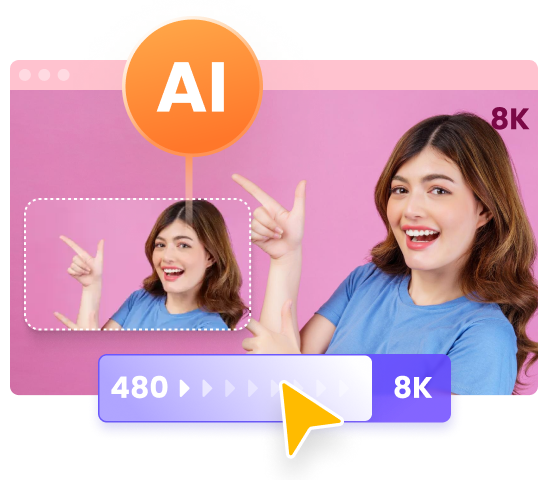
 HitPaw Univd (Video Converter)
HitPaw Univd (Video Converter)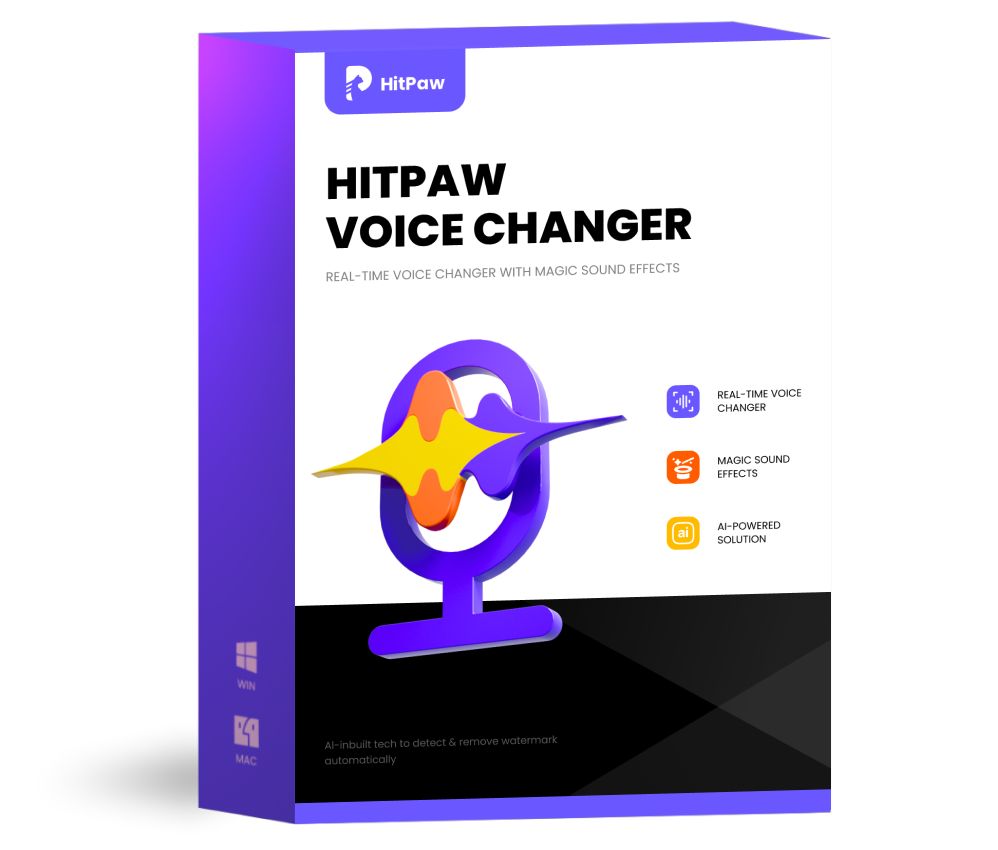 HitPaw VoicePea
HitPaw VoicePea  HitPaw FotorPea
HitPaw FotorPea



Share this article:
Select the product rating:
Daniel Walker
Editor-in-Chief
This post was written by Editor Daniel Walker whose passion lies in bridging the gap between cutting-edge technology and everyday creativity. The content he created inspires the audience to embrace digital tools confidently.
View all ArticlesLeave a Comment
Create your review for HitPaw articles